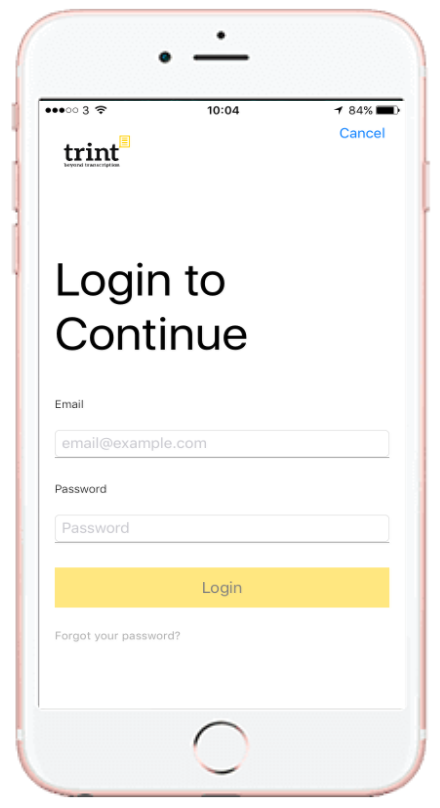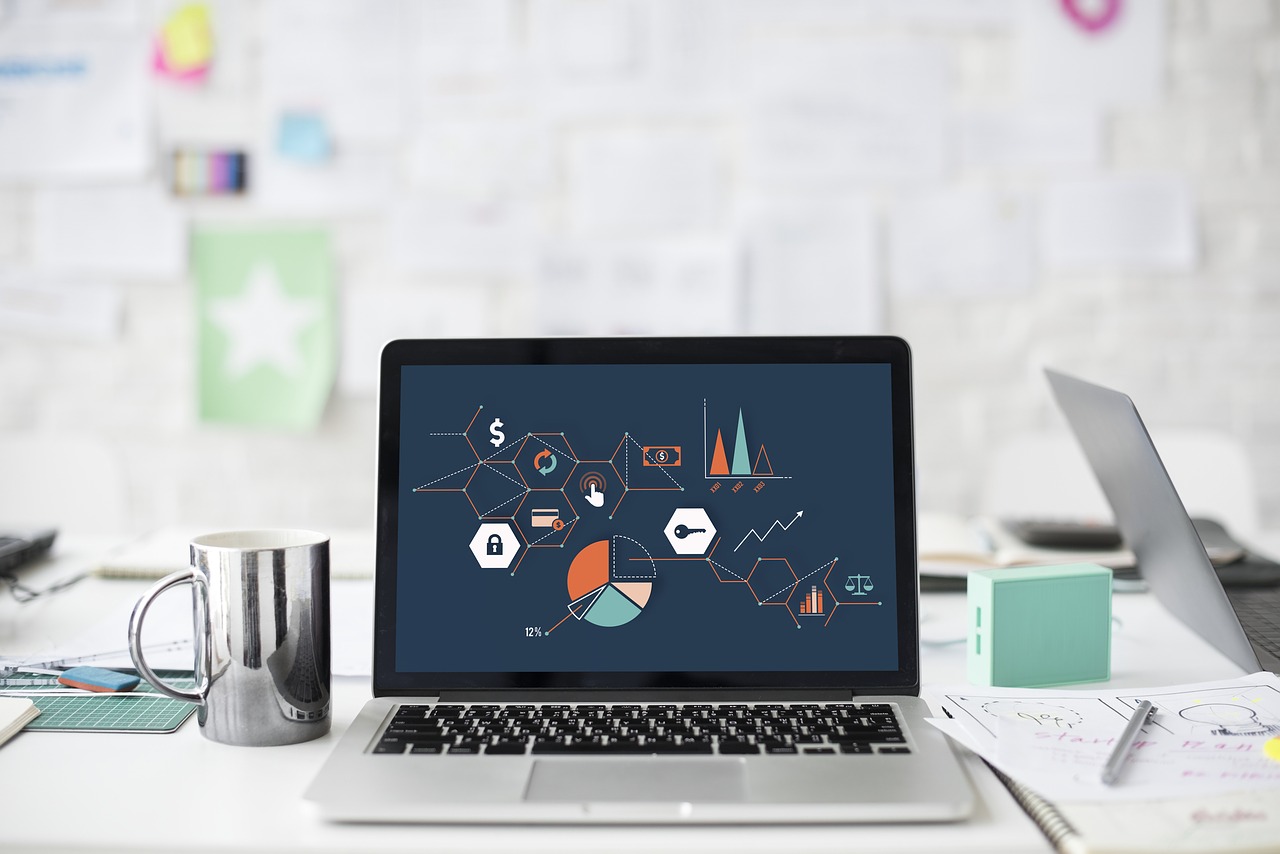Think you know your target market? Think again. No matter how well you think you're acquainted with those personas that stare back at you from your marketing spreadsheets, no matter how many times you've looked at new product packaging mock-ups, no matter how much time you've spent tweaking your ad campaigns, you'll never know how customers will actually react to your ideas until you ask them.

Gathering the opinions of your customers gives you invaluable information that you can apply directly to your marketing tools. No amount of brainstorming or planning can replace real words spoken by real customers, and focus groups are a great way to facilitate these conversations.
So if they're so valuable, why don't more marketers hold focus groups? More than anything, focus groups can look like they take a lot more time than the typical marketer has. Successfully planning, executing and, most importantly, analyzing the findings might look like a gargantuan task, and if it's not approached with the right tools it will be an uphill battle. From sourcing interview subjects to recording data, focus groups can seem like more trouble than they're worth.
There's good news: with the right tools, focus groups can be like climbing molehills, not mountains. We've put together a few simple tips and tools to give you the confidence to hold fantastic focus groups.
1. Plan your Focus Group

Before conducting focus group interviews, you'll need to do some careful planning. Determine what your goals are for the session to know which questions to ask, then consider how many participants you'd like to hear from in total and what your interview subjects should have in common (age, sex, occupation, etc.). Following this, find a good venue to host the interview, keeping in mind you should make it easy for your interview participants to travel there. Finally, recruit your participants using flyers, by email, posters or any other means - and keep in mind you'll likely need to offer an incentive for their time (gift vouchers usually work well).
For a more detailed look at planning your focus group, take a look at our guide.
Here's where the magic of your research happens, during the actual interviews. While it probably goes without saying, accurately recording what your participants say is very, very important, so make sure you use the right tools for the job.
In a perfect world, each focus group member would have their own microphone, but unless you're working with a very generous marketing budget then a single mic for the entire room will have to do. Think about your microphone setup, then arrange the seating in the room so that everyone is the same distance away from it.

All the equipment you need for your focus group should fit easily into a bag. Good quality audio is absolutely necessary for accurate data down the line, so it is vital to capture the audio well. But large, elaborate microphones with stands are not necessary; not to mention, large equipment makes it difficult to transfer audio to a computer for transcription. Thankfully, we live in the age of mobile devices and the microphones in most modern smartphones will work fine. The best bet is to combine recording and transcribing into one step: Trint's mobile app easily records interview audio and immediately sends it to Trint.com for transcription in minutes - your colleagues will be analyzing your interview data by the time you're finished handing out gift cards to your focus group participants.
The reason you're holding a focus group is to get open, honest answers from your target market. If you have a venue that is cold and echoey, your participants won't feel comfortable sharing what they really think. Adding a few decorative adjustments can take your venue from cold to comfy in a flash. Use the most comfortable chairs the venue has, and offer snacks and drinks. Also - and don't laugh at this one - a few throw cushions and nice-smelling candles work wonders for ambience!
Get ready to flex your data analytics muscles. Compiling and looking over your data is the fun part of the process and gives you marketing results that matter. Whether your analysis is top level or deep dive, these tips are big time-savers:
Analyzing data is next to impossible without transcribing your focus group interviews. You can do this yourself, but it is laborious and time consuming, and if you're conducting focus groups then you already have plenty on your plate. Hiring a manual transcription company is expensive and takes hours, if not days or weeks, to get back. Automated transcription that uses artificial intelligence is fast, cost effective and generates transcripts in minutes. Trint's online editor stitches the focus group audio or video to the corresponding text, making it easy to search, highlight important sections, and know which speaker said which text.

After getting your focus group transcripts, it's time to revisit your marketing hypothesis to see how your target market feels. Search your transcripts for keywords related to your marketing hypothesis. How you present your findings will vary depending on a variety of things, but regardless of whether you use line graphs or a written report, supplement the information with direct quotes from the transcript for the most effective way to present findings to your colleagues.
Take key parts of the transcript directly from the focus group transcript and use them for a variety of marketing purposes. Use positive feedback to an idea to pitch an idea to your manager, or use a good quote in your marketing emails or social media. When you're finished analyzing, archive the focus group interview transcripts as official company documents.
Focus groups are an invaluable tool and provide excellent return when done efficiently. Access your target market's hive mind and put the responses to use!